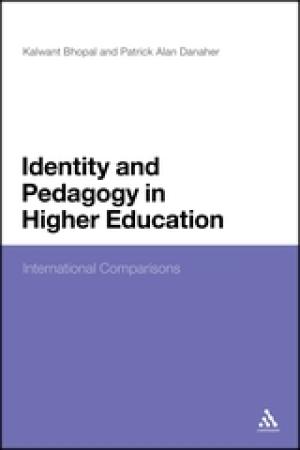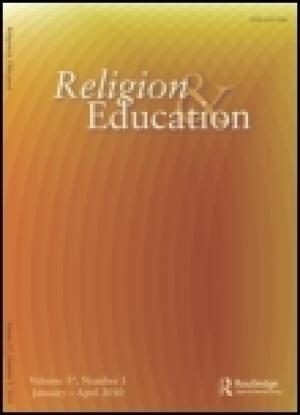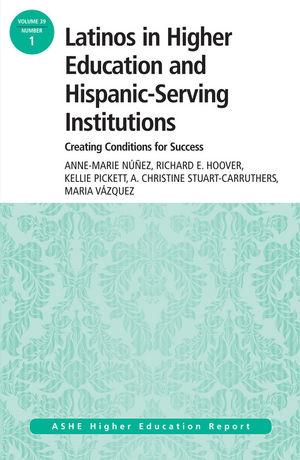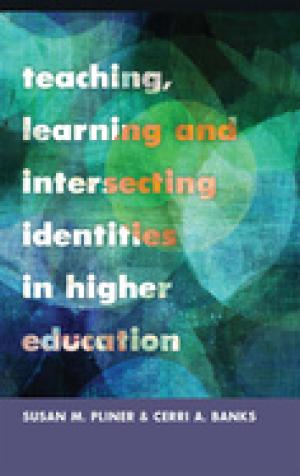Resources
This essay argues that multifaith concerns must become central components of curricula across theological education. It outlines a methodology for such incorporation in a course and for an audience that, at first glance, appears not to lend itself to such an approach, a Hartford Seminary course on Muslim public speaking for Islamic Chaplaincy students. This methodology is based on the model of educational programs developed by the Interfaith Center of New York for local religious leaders and professionals who work with and within religiously diverse settings, such as school teachers, court officials, health care professionals, and social workers. This model of practical multifaith education is based on the local realities of religious diversity that constitutes the context for the work of graduates of theological schools.
The author and her colleagues planned and led three retreats to build relationships between rabbinical students and Muslim leaders of tomorrow. Narrative Pedagogy served to inform the creation of these immersive experiences. The retreats made use of the shared scriptural traditions around Joseph (Torah) and Yusuf (Qur'an) to build connections based on a common passion for text study. Parallel to the academic exploration of religious and cultural narratives, participants wove connections based on an ethos of appreciative inquiry and the guided sharing of personal stories. Carefully structured exercises provided a container for the growth of understanding and connection.
Seminary education is adjusting to the global realities of inter-religious encounter. An increasingly important element of equipping seminarians must be the ability to embrace two dimensions of mature faith; (1) deep convictions related to their own faith, and (2) genuine civility in their engagement with others. The practice of convicted civility is best learned experientially through participative assignments and close contact with people of other faiths. The article explores an approach by which students are encouraged to develop the capacity and skills to both address the faith issues that divide us and to respond to social issues that require the exercise of civility to live together peacefully. The experience of Fuller Seminary, an evangelical, multidenominational, and multiethnic institution provides a context for educating seminarians for convicted civility in a multifaith world.
This reflection offers a glimpse into a Masters' level practical theology course in “wisdom formation” for its potential implications and contributions in multifaith education. Instigated by an unexpected companionship between the two instructors – an eighth-generation rabbi, leader of CLAL (the Center for Learning and Leadership) and a Presbyterian practical theologian in a free-standing United Methodist seminary – this elective course was developed for Christian and Jewish ministry students, though it eventually evolved into a required Masters of Divinity course in theologies of religious pluralism and interreligious/intercultural encounter. The course's structure and implementation are described, followed by difficulties faced and potential implications for multifaith education, specifically those in disciplinary formation, institutional stewardship, and the diverse contexts and questions for teaching and learning.

Kalwant Bhopal and Patrick Danaher examine 'race', identity and gender within education and explore the difficulties of relating these concepts to the experience of students in higher education. In drawing together the experience of local and international students in the UK and in Australia, they examine the ways identities are understood and conceptualized within higher education in local contexts and on a global level. They consider the complexity of 'race', gender and identity in relation to education within the context that education continues to be dominated by predominantly white, middle class values and perspectives. Identity and Pedagogy in Higher Education examines the extent to which education as a vehicle for change in the light of the controversial debates surrounding race and gender inequalities. (From the Publisher)

Journal Issue.

Click Here for Book Review Abstract: Latinos’ postsecondary educational attainment has not kept pace with their growing representation in the U.S. population. How can Latino educational attainment be advanced? This monograph presents relevant contemporary research, focusing on the role of institutional contexts. Drawing particularly on research grounded in Latino students’ perspectives, it identifies key challenges Latino students face and discuss various approaches to address these challenges. Because so many Latino students are enrolled in federally designated Hispanic-Serving Institutions (HSIs), it also specifically explores HSIs’ role in promoting Latinos’ higher education access and equity. As a conclusion, it offers recommendations for institutional, state, and federal policies that can foster supportive contexts. This is Volume 39 Issue 1 of the Jossey-Bass publication ASHE Higher Education Report. Each monograph in the series is the definitive analysis of a tough higher education problem, based on thorough research of pertinent literature and institutional experiences. Topics are identified by a national survey. Noted practitioners and scholars are then commissioned to write the reports, with experts providing critical reviews of each manuscript before publication. (From the Publisher)

This book utilizes the theory of intersectionality to focus on the divergent identities and experiences of marginalized groups and to analyze the ways these experiences infiltrate the classroom. It examines teaching and learning as integrated and synergistic practices and highlights the personal and institutional power dynamics existing between scholars and students. Starting with the premise that institutions of higher education must pay attention to the ways intersecting identities and structures of privilege and disadvantage enter all educational settings, the contributors to this text represent a range of academic disciplines and they are both scholars and students. This approach demonstrates that ideas related to teaching and learning should not follow models that separate teachers, students, and disciplines, but rather that significant learning occurs in the areas where they overlap. Each chapter provides pedagogical strategies and methods for classroom practice that facilitate student learning, equitable classroom environments, and a social justice agenda. (From the Publisher)
What happens when a class assignment becomes a source of controversy? How do we respond? What do we learn? By describing the controversy surrounding an assignment on religion and representation, this article examines conflict’s productive role in teaching about New Religious Movements (NRMs) and religion. It suggests that we consider how our personal and institutional dispositions toward conflict influence our pedagogies. Moreover, it urges us to consider how teaching conflicts within and/or between disciplines can enhance our learning objectives and stimulate students’ ability to think critically.
This article introduces English for Bible and Theology (EBT), an inherently interdisciplinary field that merges English language learning with the content of biblical and theological studies in a context that is, by nature, cross-cultural. Within this collaboration there exists the possibility not only to enable theological study, but also to enhance it through a focus on personal meaning and its communication, both of which are foundational to the communicative language classroom. That is, EBT seeks both to aid students worldwide in attaining the specialized language and cultural proficiency necessary to access English theological resources and to provide a community in which students can connect theological content to their lives. It is this second aim that provides EBT its relevance across a range of theological contexts, as native English-speaking students likewise stand to benefit from the application of EBT’s principles.